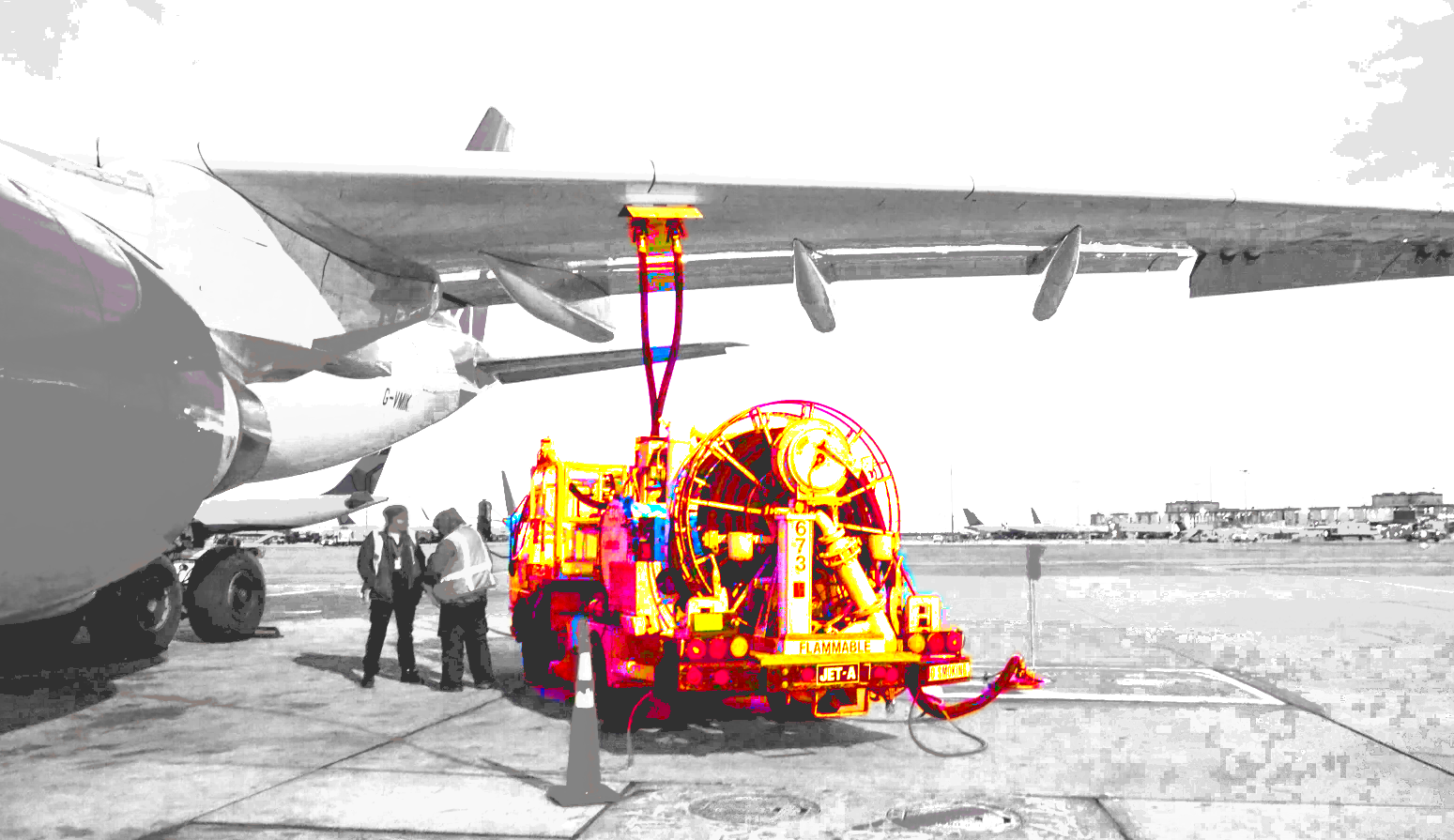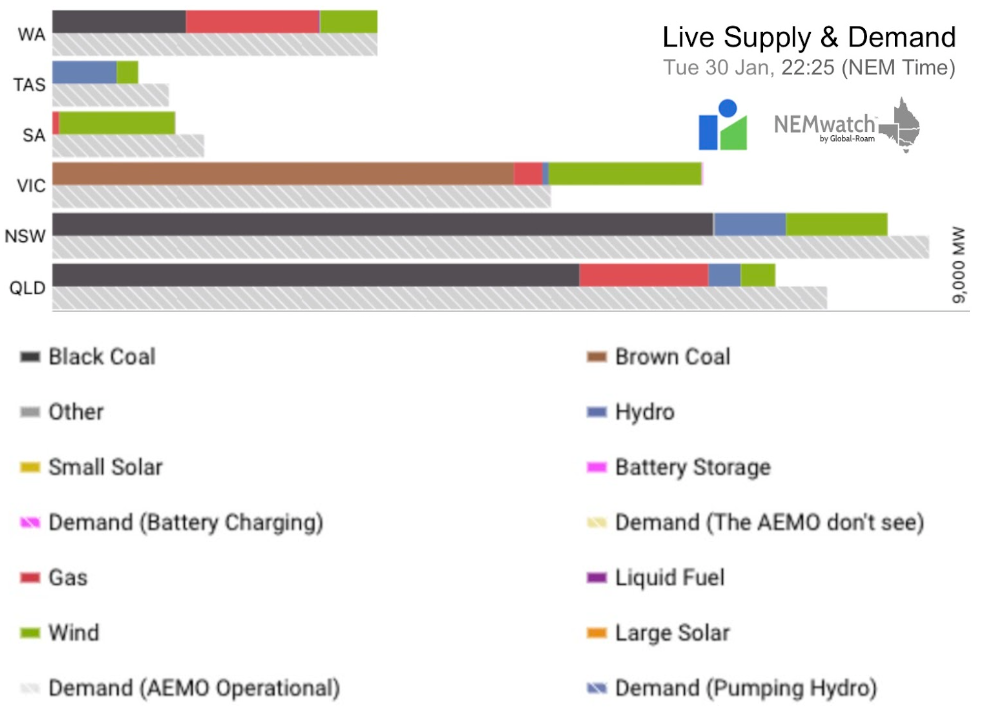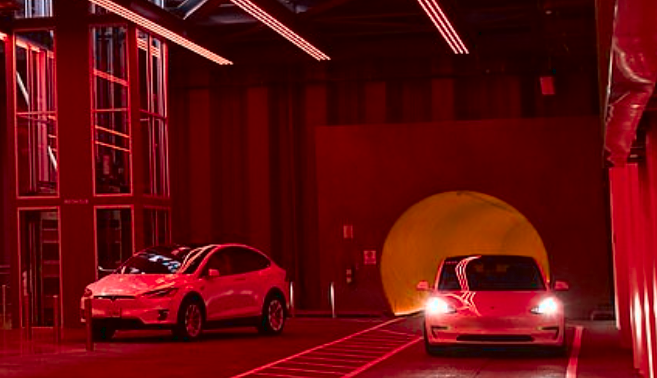Podcast Ep.5 Heads In The Clouds
Our smart phones would be pretty dumb without cloud connectivity. Just how clean and green is this 'cloud' that powers our digital lives?
Fossil fuel-powered transport contributes a fifth of global carbon dioxide emissions. How -and when - will we reduce transport-emissions?

The absurdity of two friends choosing to fly nearly 8000 Km from England to Malaga in Spain to catch up, rather than one of them taking a 300 Km train, demonstrates just how broken our approach to transport-related greenhouse emissions really is.
Between them, Lucy and Zara, two twenty-somethings, added over a metric tonne of CO2 to the atmosphere - fifty times more than one of them travelling by train between Birmingham and Newcastle and returning home (about 20 Kg of CO2). Who can blame them when the combined cost of their flights to Spain was less than £80 as opposed to £105 for one of them to take the train?
The travel choices made by these two young women cut to the heart of the transport-related carbon emissions problem: are we really ready to put our money where our mouths are when it comes to reducing transport related carbon emissions? Even if we think we are ready to embrace change; what are the alternatives to fossil fuel-powered transport and when will they be available?
Air travel: fuel energy density matters
Let's begin with options to cut the two percent of global emissions associated with air transport.
A key issue with flying is the tradeoff between the weight of the energy source an aircraft has to carry to power the aircraft and the ‘left over’ weight available to sell as payload - be that freight, such as mail or a delivery from Amazon, or human passengers. The main reason oil-sourced jet fuel is used in jets is because jet fuel packs over eighty times the amount of energy as the same weight of lithium batteries.
By way of illustration: a four-hour 737-800 commercial flight carrying nearly 200 passengers and crew across Australia chews through about one tonne of jet fuel. Some 80 tonnes of lithium battery storage would be needed to store the same energy - which is about the same as the maximum lift-off weight of a 737-800 jet. Forget ever getting off the ground with this amount of battery storage, given the plane itself weighs about 40 tonnes without fuel or batteries, let alone carrying any passengers or crew.
This means we can expect oil-derived jet fuel to remain the mainstay of powered air transport for decades to come.
Lighter than air?
One way to deal with the poor energy density of batteries is to offset the weight with a substance lighter than air, much like how a life jacket works floating on water. The Hindenburg disaster did little for the reputation of airships, however helium ‘floated’, hybrid aircraft are being prototyped, including solar powered models. Unfortunately, none offer anything like the range, speed and payload combination of a modern jet-liner. Perhaps some could play a role on short routes.
Jet engine efficiency - bigger is better
In the meantime, the aviation industry is focused on improving jet engine efficiency and fuel economy - typically by fitting ever larger, but fewer, jet engines to aircraft. Unfortunately, retrofitting the newer large engines can destabilise older jet designs.
The well-publicised Boeing 737 Max crashes and subsequent 737 Max fleet groundings were caused by Boeing trying to avoid the time and expense of designing a new jet optimised for the new bigger engines. Instead, they tried to squeeze the bigger engines under the wings of the old 737 design. This increased the risk of a 737 lifting its nose during flight, then stall and fall out of the sky.
They tried to deal with this stall risk by a software hack tending to push the jet nose down. The software was so poorly implemented that, unfortunately, two brand new 737 Max jets dived straight into the ground just after takeoff, taking the lives of all aboard.
These crashes don’t mean the industry shouldn’t continue to work on optimising jet engines. However, it is unlikely that further efficiency improvements, nor substituting natural gas or hydrogen for oil-derived kerosene as jet-fuel, nor sourcing so-called ‘sustainable’ jet fuel, will appreciably offset increasing greenhouse emissions associated with the expected growth of jet travel over the next couple of decades.
Getting back to Lucy and Zara... If we are serious about reducing air transport greenhouse emissions, we need to disincentivise flying. Particularly discretionary flying. At the very least, this must include looking at pricing in comparison to greener terrestrial and maritime alternatives.
Land: 'electricity' is not a fuel
Fortunately, not everyone is as galvanised by 'small dick energy' as Andrew Tate...
However, merely transitioning from a petrol powered vehicle to an electric vehicle (EV) is not necessarily as green as one might think.
In terms of greenhouse emissions, it needs to be recognised that in most cases the source of power for an EV is the local power grid. This means that the ‘greenness’ of EVs is basically a reflection of the greenness of the local grid. If coal is burnt when it is cloudy or dark or the wind isn’t blowing - then coal is what is powering your EV.
Small EVs with limited range (<100 Km) - ranging from e-bikes and scooters to one or two person inexpensive, plug-in electric and hybrid vehicles are experiencing exponential growth across developed and developing world cities. Collectively they offer genuine competition to mass transit options, such as trains, trams and buses. Small EVs compete on greenhouse emissions, travel times, cost and mineral resource use criteria - notwithstanding the safety issue of separating fast moving e-scooters and the like from both pedestrian traffic and car traffic.

Unfortunately the same can’t be said for large, powerful, long range (250 Km+) EVs. Replacing large conventional cars, tradesman utility vehicles and long haul trucks while simultaneously reducing overall emissions depends in large part on solving three 'R's:
Leaving aside current, unrealistic expectations of renewables, recharge times remain problematic with current battery technology. Recharge time is money lost for tradesmen, delivery, taxi/rideshare and truck drivers. The wisdom of consuming large quantities of copper and lithium to extend the range of large EVs to current petrol and diesel powered equivalents is also questionable; given the additional vehicular weight - with associated road-wear, even longer recharge times and upgrades to power grids that would be needed.
Fortunately, proven greener alternatives to pure petrol or diesel powered long range large vehicles are available. Most large automotive manufacturers offer compressed natural gas (CNG) as an alternative to petrol or diesel, with about a 30% reduction in emissions. CNG vehicles number in the 10s of millions world-wide. Petrol or diesel powered electric hybrids typically halve fuel consumption compared to non-hybrid equivalents and currently outsell pure EVs 2:1 in Australia - a country where long distance travel to locations with limited 'rapid' recharge access for EVs is commonplace.
With the caveat that natural gas is not reticulated everywhere, compressed natural gas hybrids, which offer a 30% improvement over petrol or diesel, would rival pure grid charged EVs for both fuel economy and greenhouse emissions. Cutting over existing vehicle fleets to CNG hybrids seems a logical step to consider for delivery, taxi/ride sharing, bus/trucking and government agencies servicing large population centres with access to natural gas.
Trucking - back to the future?
Instead of clogging up roads with large EV trucks, lorries and semi-trailers, what if we instead ‘invented’ a system of linking large numbers of ‘trailers’ together behind a single powerful ‘truck’. Then also defined major arterial routes for these very long vehicles for all but the last few miles. Doing so would allow electricity to be supplied directly from the grid to the trucks from either overhead or ground wiring while the trucks were in motion, rather than load up such large powerful EV 'trucks' with heavy, slow charging batteries.
Given the routes would be defined and power easily supplied, we could put this heavy traffic on a special purpose ‘road’ - perhaps using rocky ballast and individual sleepers to hold a rail or rails to accomodate the weight, instead of an easily pot-holed asphalt or fracturable concrete slab conventional road.
YES - reinvention, upgrade or electrification of conventional rail networks emerges as the most rational and reasonable low-emissions choice for most land transport requirements, no matter what needs moving where. Only the very longest journeys, where grid power supply is infeasible, would a diesel or better - compressed natural gas - rail engine be justified. Clearly, rail pricing in comparison to fossil fuel-powered alternatives will influence the extent and rate of transition to greater electric rail transport adoption.

The shipping news
In our everything from everywhere globalised world, ninety percent of everything is moved by the commercial maritime fleet; which accounts for about 3% of total greenhouse emissions. There is re-emerging interest in nuclear power to abate these emissions, particularly those of long distance, large, bulk materials and container ships, which are better suited to nuclear power than smaller ships travelling short distances. While technically feasible, transitioning a significant portion of the large, long-distance fleet would require massive alterations to commercial shipping ports and processes worldwide.
Working through the many complex steps from technical feasibility to safe, secure commercial nuclear shipping reality will take time. Unlike current military use, there is also piracy and commercial cost-effectiveness, not just reliability and emissions reductions to consider. The current instability in the Red Sea, where commercial shipping is under constant attack and being actively diverted is hardly favourable to a nuclear power transition.
The weight and size penalty of batteries is less of a problem for maritime shipping than for land and air transport. Coastal shipping in particular may be a viable target for an electric ship transition as battery costs continue to fall.
However, fossil fuels will likely continue to power most ships travelling blue water routes for at least the next couple of decades. It is reasonable to expect a gradual transition from 'sour' (aka high sulphur content) fuel oil to cleaner fuels, including liquefied natural gas, but the transition won't be quick without significant commercial incentives. Ironically, a short term adverse climate effect of cleaner fuels will be less sulphur induced haze and cloud formation. The clouds and haze from burning sulphur help reflect the sun's heat from our rapidly warming oceans.
Conclusions - least bad options?
Stepping back, it is important to recognise half the world (think India, China, Indonesia et al) is still on a path of increasing economic development. This will bring with it concomitant increases in expectations for lifestyle, consumption and transport. As a consequence, it is hard to see global transport greenhouse emissions declining at all over the next couple of decades.
With the singular exception of a return to electrified rail, least worst rather than good energy supply options will likely prevail for most transport modalities. Substituting oil products and coal for natural gas emerges as a rational choice in the short term - but methane is a potent greenhouse gas in its own right. With Joe Biden announcing a pause in natural gas export permits, we may be stuck with dirtier coal and oil products for quite some time to come.
Of course, we can all reduce our own discretionary travel and consumption. In that vein, car-brain thinking is clearly an issue that needs to be combated. This short clip from Utopia illustrates Jevon's paradox. That is, if we are foolish enough to build more roads, expect ever more cars - and their emissions - to plague us. Until next time...
Subscribe to thisnannuplife.net FOR FREE to join the conversation.
Already a member? Just enter your email below to get your log in link.